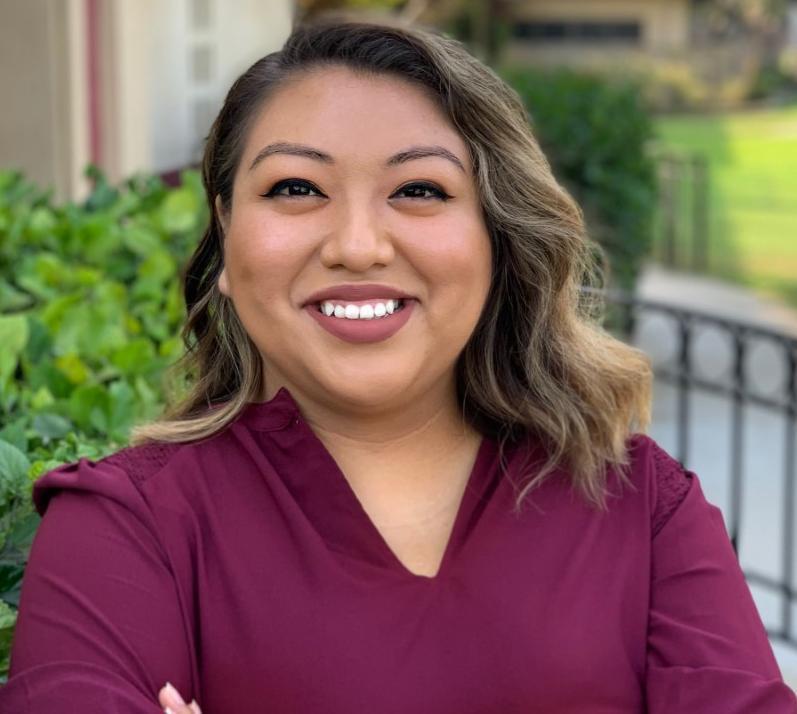
Driven by a passion for youth advocacy, Cindy Galvan, ASW is dedicated to challenging the systemic barriers that disproportionately affect young students facing inequality, poverty, and trauma. Through her work in the Youth Justice Education Clinic (YJEC), she brings a social work lens to legal advocacy, partnering with attorneys to address the broader needs of students caught in the cycle of school pushouts and ensure they receive the services, support, and opportunities they deserve.
1. What are some of the biggest challenges that the young clients you work with face, and how does YJEC help address those issues?
Our youth face immense barriers—intergenerational poverty, educational neglect, systemic racism, trauma and a legal system that too often prioritizes punishment over rehabilitation. Many have been pushed out of school due to harsh disciplinary policies, lack of mental health support or unmet special education needs. Instead of being met with support, they’re labeled as “problems” when in reality, they’ve been failed by the very systems meant to uplift them.
At YJEC, we reject that narrative. We work at the intersection of legal advocacy and social work to ensure youth receive the educational services they are entitled to—whether that means securing special education support, challenging school pushout, or advocating for alternatives to incarceration. Our work isn’t just about addressing legal issues; it’s about dismantling the systemic barriers that put these kids at risk in the first place.
2. How does having a social worker embedded within the clinic enhance the legal advocacy provided to youth?
Legal advocacy alone isn’t enough—our youth need a holistic approach that recognizes the complexities of their lives. Having a social worker embedded in the clinic means we’re not just advocating in courtrooms; we’re advocating in schools, with families, and within communities.
I work alongside attorneys to provide critical context about our clients’ lived experiences, helping ensure their cases aren’t just seen in black and white. Whether it’s conducting mitigation work to humanize a client in court, identifying trauma-informed services, or ensuring a student receives their rightful education accommodations, social work strengthens legal advocacy by addressing the full picture of a young person’s life.
3. What do you wish more people understood about the importance of social work in juvenile justice and education advocacy?
I wish more people understood that social work is not just about “helping” people—it’s about systemic change. Social workers in juvenile justice and education advocacy aren’t just providing services; we’re challenging broken systems, pushing for policy reforms, and ensuring that youth who have been pushed to the margins are seen, heard, and valued.
Too often, young people in the juvenile system are defined by their mistakes rather than their potential. But every single one of them has a story—one shaped by poverty, trauma, disability, and systemic failures. When we bring social work into legal advocacy, we’re shifting the focus from punishment to possibility. We’re saying: this young person is more than what they’ve been through, and they deserve a future.
If more people understood that, we wouldn’t be talking about how to “fix” these kids—we’d be talking about how to fix the systems that failed them in the first place.
That’s the fight I wake up for every day.